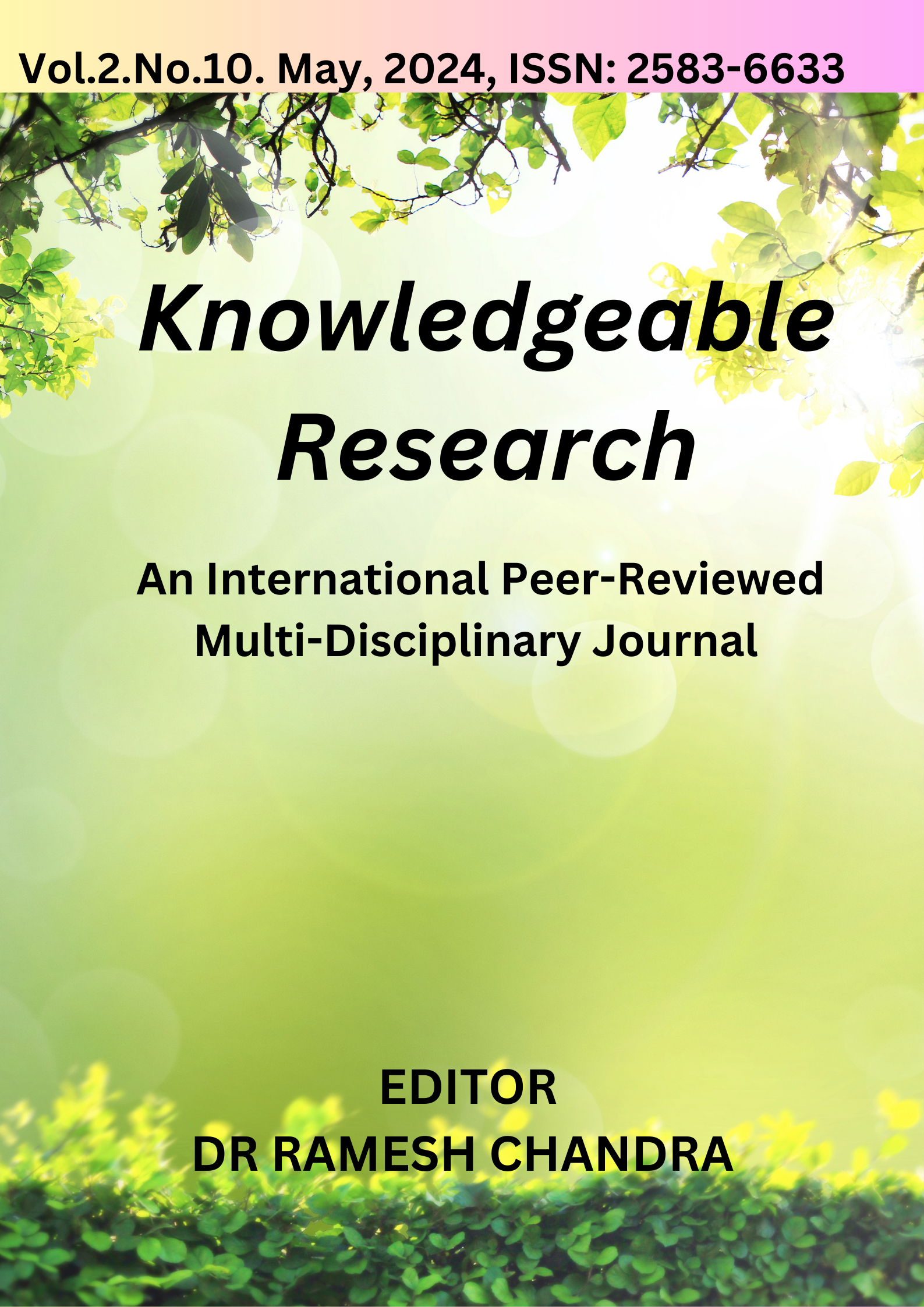Conceptual Nanotechnology for Desalination and Water Purification
Main Article Content
Abstract
Due to climate change, industrial growth, and a surge in population, the fact that overshadows is that the world is almost running out of the very basic necessity of life, i.e., water. While this demand for clean water is increasing day by day, it becomes highly important to creatively solve this problem. Opportunities beginning from nanotechnology in water purification and desalination pose innovations that are so dramatic they are well placed to change how this finite resource can be handled. This work explores the possibility and mechanisms of advanced nanomaterials for water treatment applications. It involves advanced MOFs, GO, and CNTs with some astonishing properties: for example, CNTs have shown remarkable efficiency up to 99.8% in the removal of heavy metals such as Pb and Hg and pollutants, whereas MOFs exhibit 99.5% efficiency in drug removal. CNTs showed high water flow of about 30 L/m²•h in desalination, with 99.5% rejection of salt. GO and MOFs give somewhat higher salt rejection rates: 99.6% and 99.7%, respectively. However, they did so at slightly higher energy consumption over the course of. These results would mean that the nanomaterials are doing better than conventional techniques in terms of energy consumption and efficiency. However, barriers remain that block the transfer of laboratory success to practical realization. Many more studies should be conducted to remove current concerns about the long-term durability, environmental impact, and scalability of these materials. Despite all these challenges, though, there's every reason to believe that nanotechnology holds a long-term solution for the problem of water scarcity, and we have good reason for optimism that clean water can be sustained for future generations
Downloads
Article Details
Section

This work is licensed under a Creative Commons Attribution-NonCommercial-NoDerivatives 4.0 International License.

